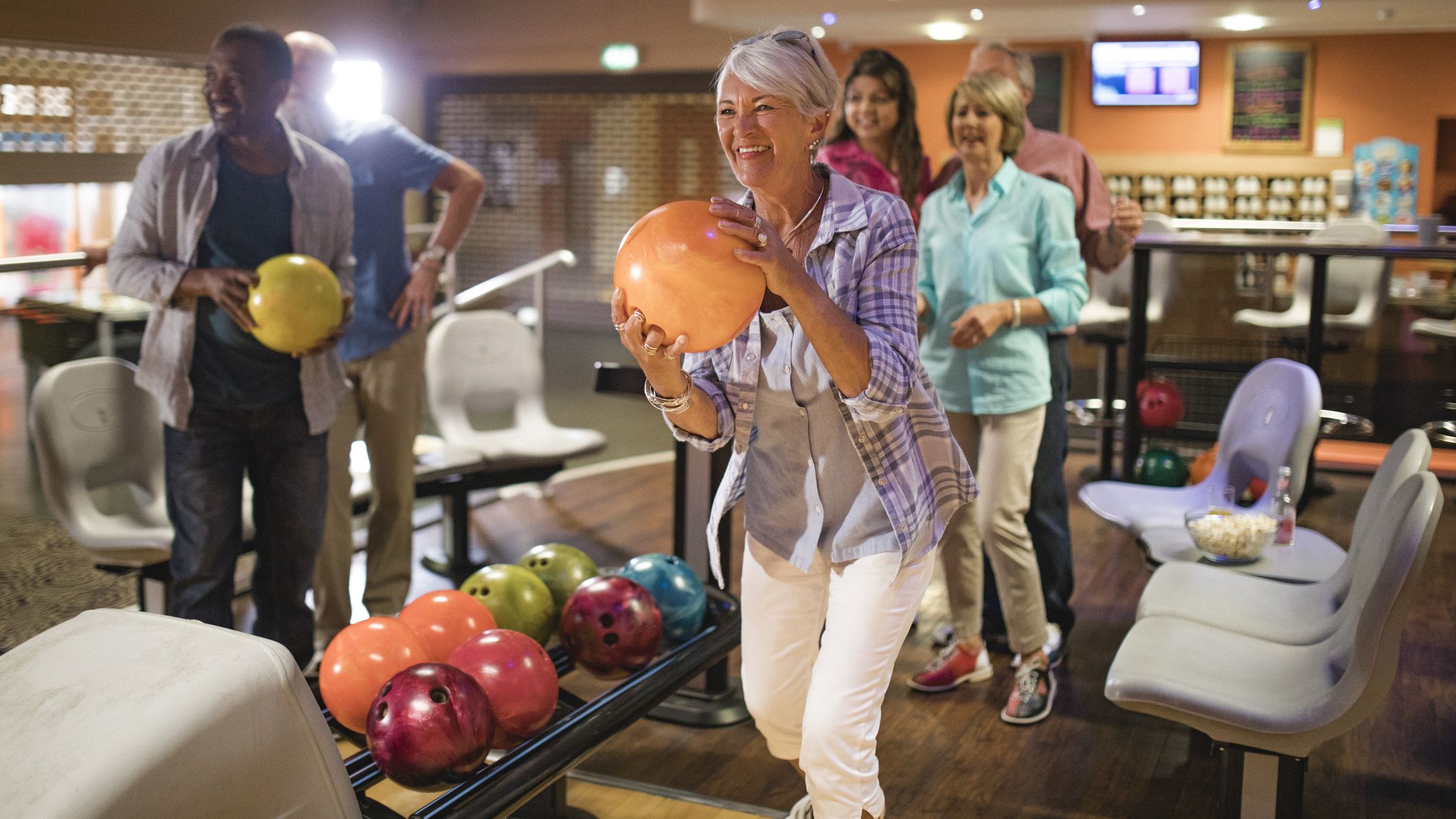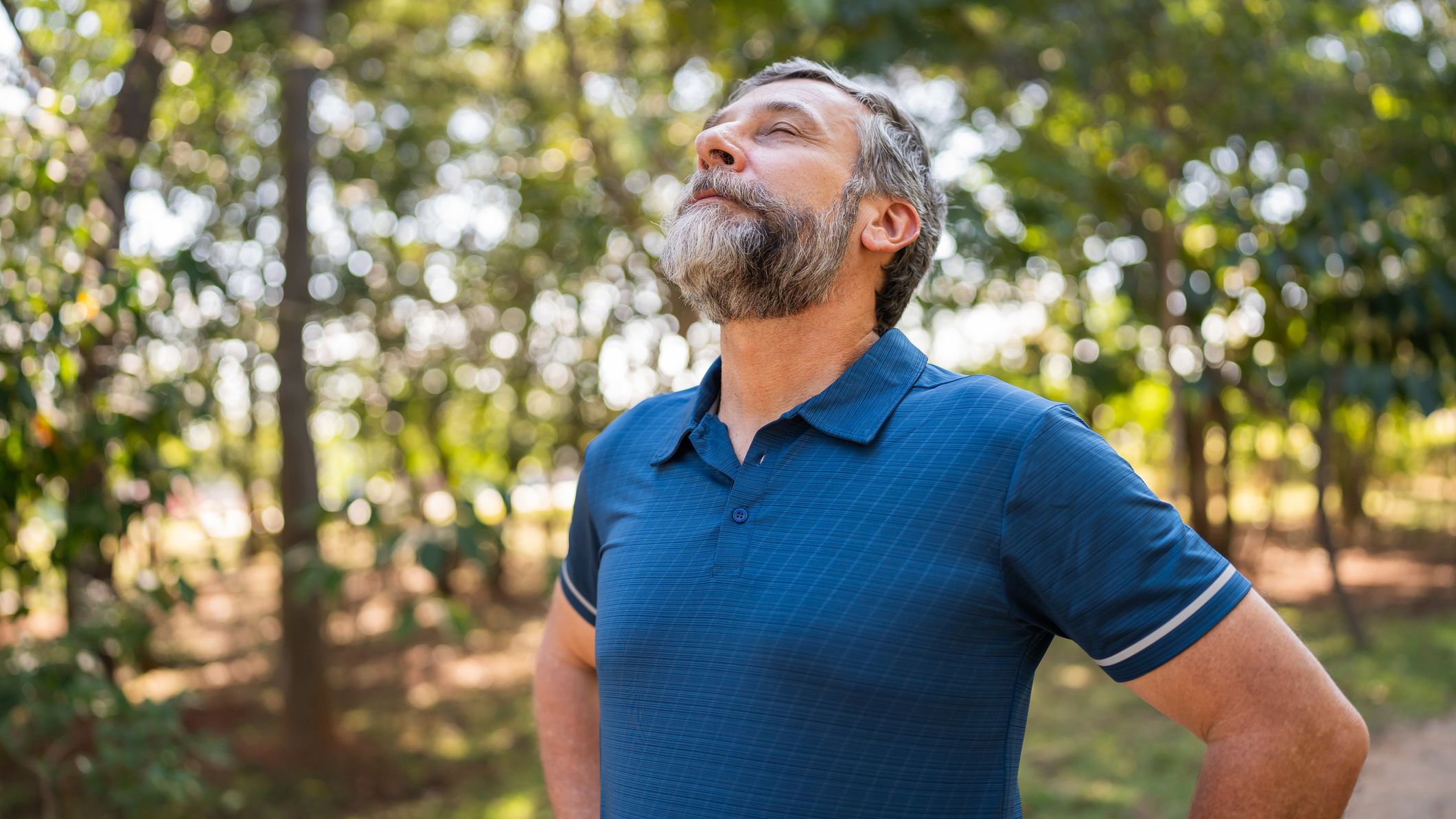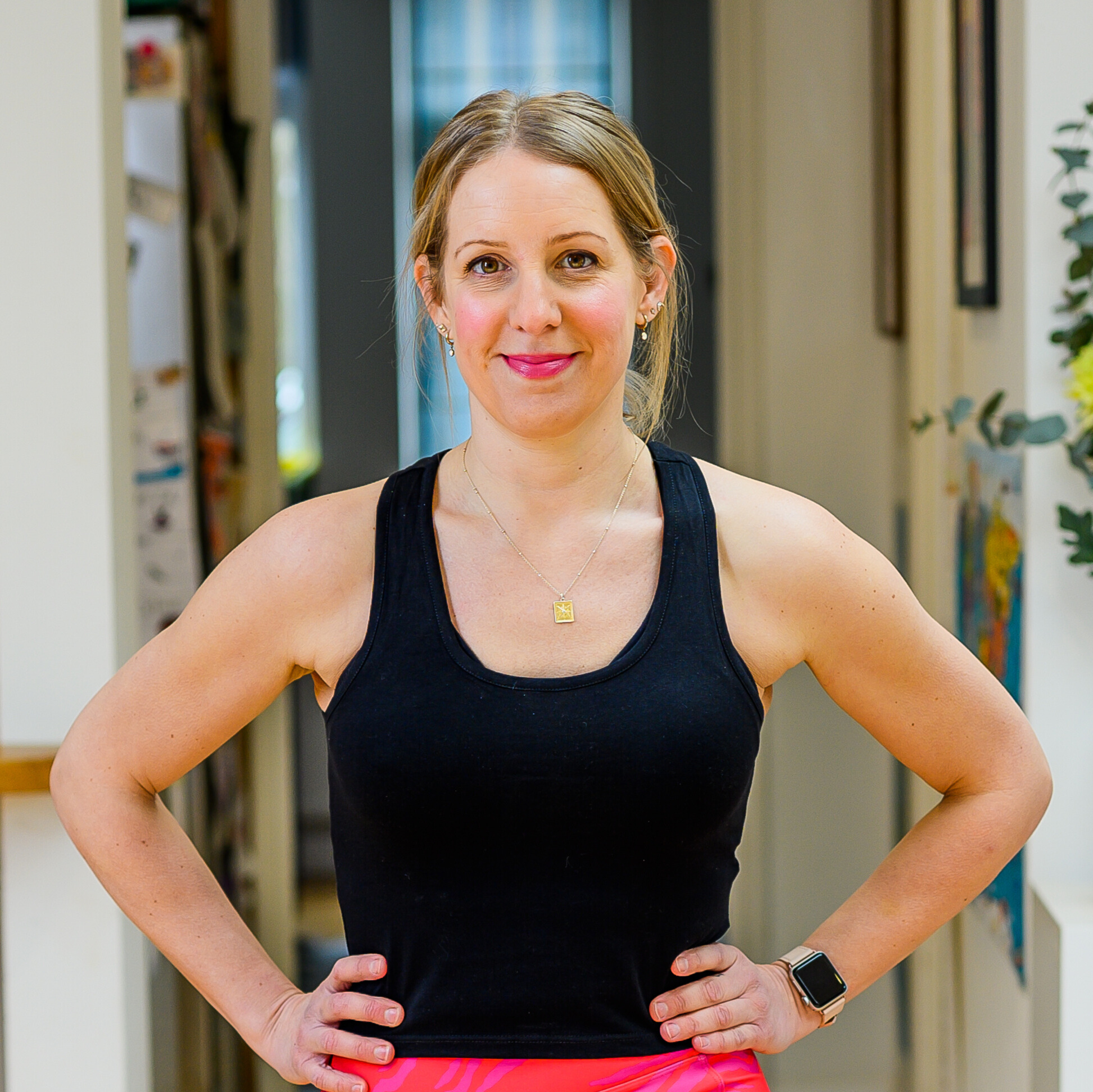“Stop focusing on working out”—a professor says you should follow these five science-backed steps to improve your wellness instead
Two experts say these five actions are the key to wellbeing


Many people say they exercise, in part, because of the positive effect it has on their mental health, but a new book by Dr Susan Henney and Dr Justin Hackett, Mind-Body Wellness: A Science-Based Approach, details the science that has uncovered the interdependent relationship between mind and body, and its effect on wellness.
“When we exercise the mind, we are often relaxing the body,” Henney tells Fit&Well. “This is an important piece of the wellness puzzle, as the body neither can nor should be ‘on’ all the time.
“When we exercise the body, we are often quieting the mind, which also has benefits in stress reduction and mental clarity. However, when we are successfully engaging in those activities that we most enjoy or through which we thrive, we most often expend both mental and physical energy.”
Henney and Hackett shared with me their five-step science-backed guide to exercise the mind and body to improve overall wellness. Read on to find out how.
Step one: Make movement fun

“Stop focusing on working out,” says Hackett. “Instead, just move with purpose and joy every single day—walk, skip, play, dance, bowl, do yoga, desk-ercise at work. A sedentary lifestyle will increase your risk of chronic health problems, age your brain and body, and make you vulnerable to depression and anxiety.
“Movement, not exercise, is the daily answer to avoiding a sedentary lifestyle. This can be as simple as walking up the steps at work rather than taking the elevator. Anything that provides us a chance to get our heart rate up is great.
“While we’ve heard a lot about getting to 10,000 steps a day—which can certainly be a great goal for some people—recent work suggests 7,000 steps a day can significantly improve our health. Many people may find that working towards this many steps is less daunting and a more realistic goal than 10,000. On average, this is about 4.5-5.3 kilometers.”
Start your week with achievable workout ideas, health tips and wellbeing advice in your inbox.
Hackett says regular physical activity can improve heart health, reduce or slow cognitive decline and avoid metabolic syndrome—a range of conditions that, combined, increase the risk of developing heart disease, diabetes, stroke and other chronic health issues.
And walking can be particularly beneficial he says, adding: “A study of close to 85,000 people found that walking, particularly brisk walking, reduces all-cause mortality.”
Step two: Be socially active
“Maintaining close personal relationships with our family and friends is an often overlooked aspect of our health,” says Hackett. “But an influential study by Julianne Holt-Lunstad found social connections were as important for our health as quitting smoking, and more critical than our weight and not exercising enough.
“Maintaining these connections gives us the opportunity to check in on others, share our experiences and offer mutual support. But this does not mean you have to be with people only in person—there are lots of ways to connect.
“Technological advances allow us to maintain consistent connections with close others. We can engage with others on social media—although at times this can certainly impact us negatively—or send our significant other a quick text to let them know we are thinking about them!
“Joining and being active in community groups can be another important way to be engaged socially. These groups allow us to pursue activities important to us and connect us with like-minded others.”
Step three: Use mindfulness as a stress buster

Dr Justin Hackett says a few mindful breaths can help invoke our body’s natural relaxation process.
“Balancing the demands of family, work and school can make it hard to escape stress, but science shows a mindful approach is quite effective at managing it,” says Hackett.
“Mindfulness does not need to be complicated. Taking a break from work and stretching at our desk, or if possible, taking a quick walk outside can make us feel better.
“In fact, simply taking a few mindful breaths—inhaling slowly through our nose and gently exhaling through our mouth—can help invoke our body’s natural relaxation process.”
Step four: Be kind to yourself and others
Hackett recommends trying a loving-kindness meditation. Spending just a few minutes a day repeating phrases such as “may I be happy” has been shown to increase positive emotions and help manage depressive feelings, according to a study published in the Journal of Traumatic Stress.
“Practicing kindness can make us feel better,” says Hackett. “Sending a colleague a thank you note, or even simply holding a door for someone can have a positive impact. You never know what other people are dealing with or working through. A simple act like holding a door for someone and smiling at them can mean more to them than we realize.
“Another way to promote wellbeing is to focus on the good things in our lives. It’s easy to allow negative events in our lives to consume us and bring us down. But appreciating positive moments in our lives makes us feel good and helps alleviate stress.”
Step five: Prioritize quality sleep
“When people get busier, overcommitted, more sedentary or even depressed, one of the first things that suffers is sleep quality and/or quantity,” says Henney.
“But even moderate improvements in sleep can lead to better mental health and emotional stability and improved memory, while consistently bad sleep is associated with brain fog and cognitive decline, particularly as we age, according to a study published in the Journal of the American Medical Association.”
Maddy Biddulph is a journalist specializing in fitness, health and wellbeing content, with 26 years in consumer media working as a writer and editor for some of the bestselling newspapers, magazines and websites in the US and UK, including Marie Claire, The Sunday Times and Women’s Health UK.
She is a CIMPSA-certified PT and works one-on-one with clients, as well as running Circuits Club classes which mixes cardio and strength training and chair-based exercise classes for seniors.
You must confirm your public display name before commenting
Please logout and then login again, you will then be prompted to enter your display name.
